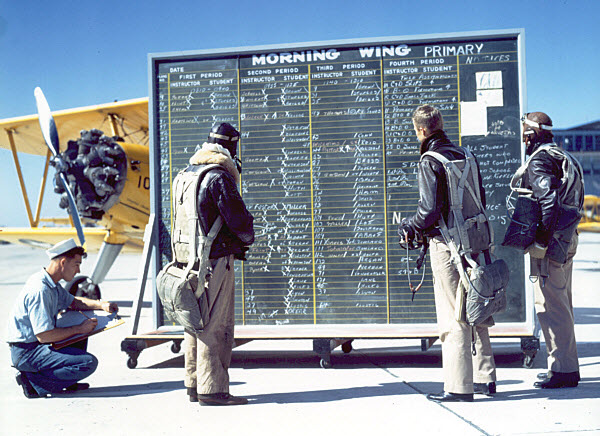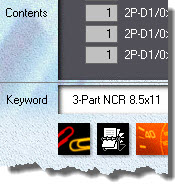January 2012

Ever wonder why some people expect the new software they just installed to work like a radio? Plug it in, push a button, and out comes Coltrane. After all, nothing on the box says "To use this product, think piano. If you want to outgrow chopsticks, you'll have to learn how to play." Most of us know that. We realize that while technology may have made our lives easier, "easy to do" doesn't always translate into "no learning required." The question hidden in the subtext is "easy to do what?"
Case in point: Last month I decided to get an iPad. At our Christmas Party, my three-year old niece showed me a bundle of apps her parents had downloaded for her, and also how she could stand on the iPad without breaking the Gorilla glass.
The iPad is easy to use, stunningly so, as I've since discovered. So why did it take me half an hour to get mine connected to the internet? I had hooked up a new iMac to the same network a month earlier, and had Safari up and running in just minutes. The problem turned out to be three consecutive upper case password letters, which the iPad, not having a caps lock key, decided to convert to initial caps. The programmers could have been more helpful. An "Invalid Password" alert would have left a much smaller dent in my office wall than the polite but cryptic "sorry, unable to connect" message.
Could I have figured out how to simulate caps lock on the iPad without reading the online manual at the Apple Store? Sure, eventually. But I'll bet it would have been easier to just ask my three-year old niece.
Hal Heindel
Unitac International Inc.

Fast Track to learning Morning Flight
Adobe Photoshop is notoriously difficult to master, yet most new users are able to open a file or crop an image without a trip to the manual. In Morning Flight, Cousin Mel can easily quote basic items such as stationery or a newsletter, and Mel hasn't a clue about what to enter for makeready or impressions per hour or any of the other things a seasoned estimator needs to know about printing.
Why is that? It's because both programs offer incremental skill levels: A pushbutton mode for people content with a grasp of the bare essentials, and increasingly higher levels for shop owners or managers willing to invest the time and effort to learn whatever will give them better results in fewer hours. If you find yourself in that second group of Morning Flight users, we invite you to take advantage of the extensive resources available on the Support Page of our website.
Online Help System. Look here first for an answer to a specific question. Similar to what's in the manual for the Gold Edition, with the added benefit of being searchable.
Online User Manuals. Print your own full-color manuals from freely downloadable .pdf files.
Screencasts. Watch short video demos, both introductory and advanced, on how to use a particular feature. Enter the cockpit, take the controls, and learn basic techniques, step-by-step.
Forum and Forum Archives. See what's new, share ideas and techniques, and get questions answered by the moderator and other members.
|
Tip of the Month
Use Templates to price Booklets Most estimators look forward to pricing booklets with the same joy as cleaning out the garage. Even with Morning Flight doing the grunt work, booklets are still a buzz kill. So how can we eliminate the nuisance factor? By using Templates! The idea is to generate a half dozen sample booklet quotes, save those quotes to a dummy customer account, then import them as needed via the Clipboard and paste the contents into a real quote for a real customer. |
I've been meaning to add a new section to the Morning Flight Forum, to showcase scenarios where we had been given the specs of an actual job and then walked the user through it.
The most recent was an NCR booklet, 3.5x6 inches, sort of a house item for this printer. Can't think of a better candidate for our first post.

